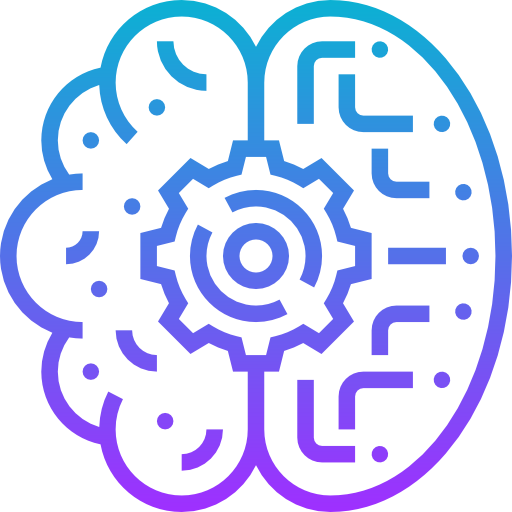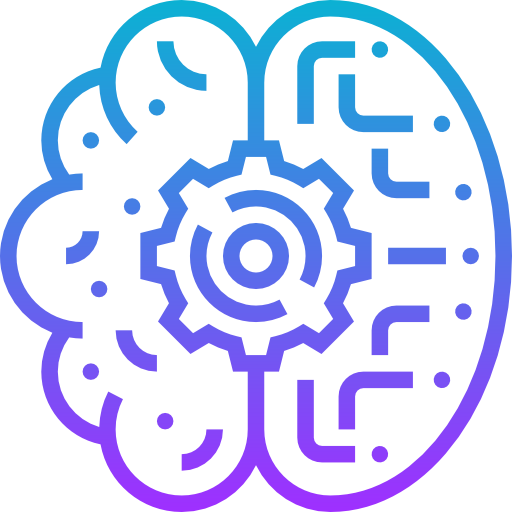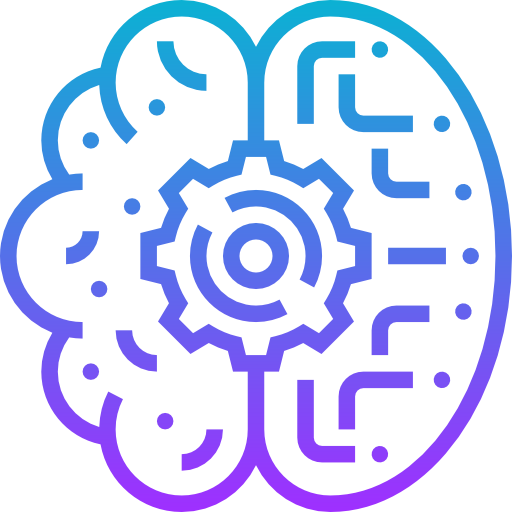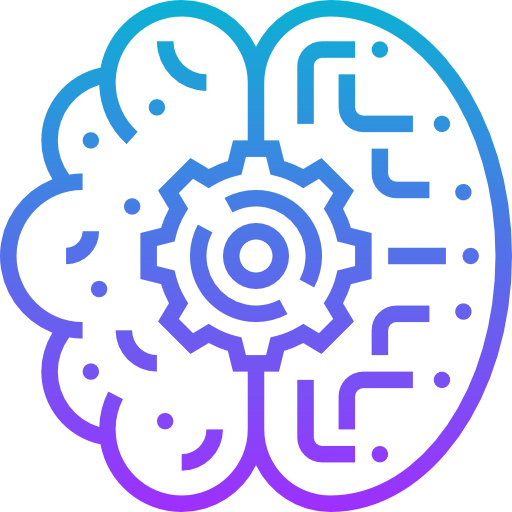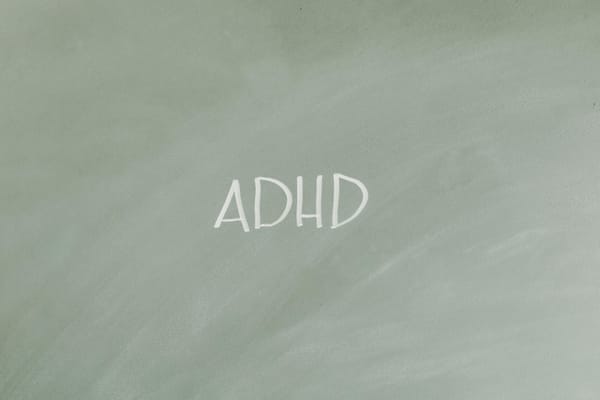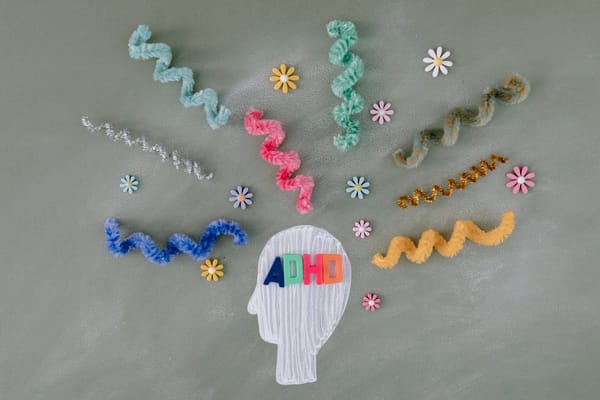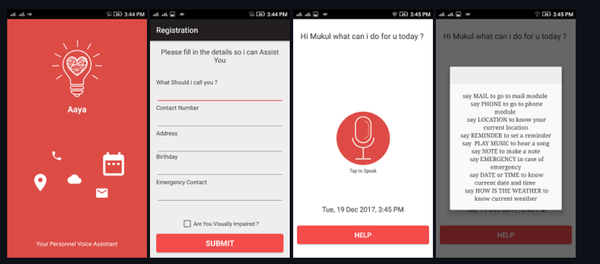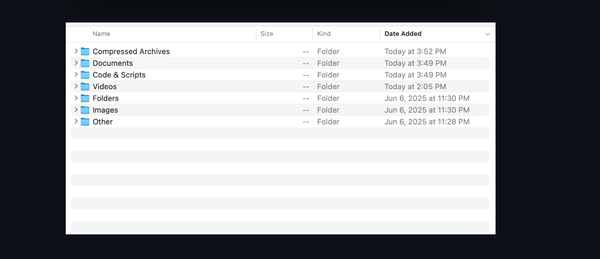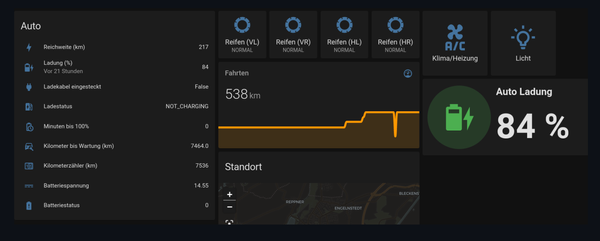Building Games for ADHD? Here’s What You’re Probably Doing Wrong (And How to Fix It)
Table of Content
Hey there, fellow devs, gamers, and curious minds!
Let me start by saying this—I’m not just a developer; I’ve also spent years working closely with neurodiverse individuals as part of my medical practice. So when I decided to create a game specifically tailored for people with ADHD, I thought I had all the answers. Spoiler alert: I didn’t. But after months of trial and error, lots of conversations, and one unforgettable Global Game Jam project later, I learned some hard truths about what works—and what absolutely doesn’t—for ADHD players.
Here’s the deal: many developers think they know how to make games “relaxing” or “engaging,” but when it comes to ADHD, most miss the mark completely. Let me break down why, share some personal insights, and give you actionable tips so you don’t repeat the same mistakes.
GameDevs who Make Games for ADHD, please DO NOT Overload US!
Why Most Games Fail at Being ADHD-Friendly
First off, let’s talk about overload. If you’ve ever seen someone with ADHD try to focus on something overly complicated—like reading long paragraphs in a story-heavy game—you’ll notice their eyes glazing over faster than you can say tutorial mode . Many games meant for relaxation end up doing the opposite because they bombard players with too much information, unnecessary text, or sensory-heavy environments that feel more stressful than calming.
Take it from me—I made this mistake early on. In my first prototype, I included tons of signs, instructions, and narrative elements. I thought I was being clever, giving players context and depth. Instead, half of my testers told me they felt overwhelmed within minutes. One tester even said, “I came here to escape stress, not solve puzzles while drowning in words.” Ouch. Lesson learned.
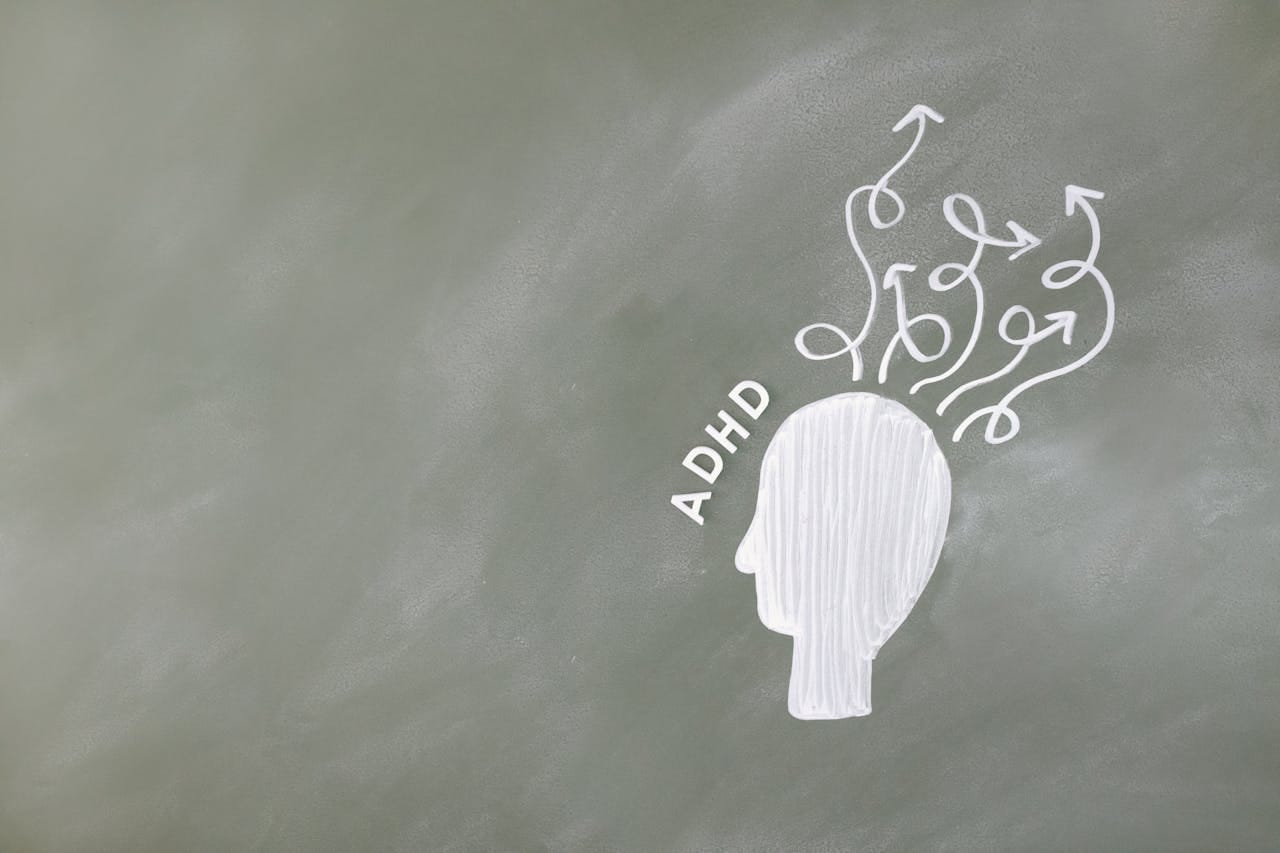
Understanding ADHD Isn’t Optional—It’s Essential
If you’re going to design for ADHD, you need to understand what ADHD actually is . It’s not just about having trouble focusing—it’s about managing energy levels, sensory input, and emotional regulation. People with ADHD often crave stimulation, but too much stimulation leads to burnout. On the flip side, under-stimulation leaves them bored and restless.
There are three main types of ADHD:
- Inattentive Type : Easily distracted, struggles with organization.
- Hyperactive-Impulsive Type : High energy, impulsive decisions.
- Combined Type : A mix of both.
Each type interacts differently with gaming experiences. For example, hyperactive types might love fast-paced action games but struggle with slower-paced strategy titles. Meanwhile, inattentive types may find open-world games overwhelming due to the sheer number of options available. Understanding these nuances is key to designing something truly inclusive.

What Happened During My Global Game Jam Project
Fast forward to last year’s Global Game Jam. Armed with feedback from 20+ ADHD friends, family members, and patients, I set out to build a VR experience focused on relaxation and mindfulness. The goal? Create a space where ADHD players could unwind without feeling pressured or overloaded.
Instead of bombarding players with quests or dialogue trees, I kept things simple: soft visuals, ambient sounds, and minimal text. Players could explore a serene virtual garden, interact with glowing orbs that responded to touch, and listen to calming music. No timers, no objectives—just pure chill vibes.
To my surprise, the response was overwhelmingly positive. Testers loved the lack of pressure and appreciated how the game respected their mental bandwidth. One tester summed it up perfectly: “For once, I didn’t feel like the game was yelling at me to do something. It just let me be.”
Key Takeaways: Less Is More
Based on my journey, here are a few golden rules for creating ADHD-friendly games:
1. Minimize Overstimulation
Avoid cluttered UIs, flashing lights, and loud noises unless they serve a purpose. Keep visual and auditory elements balanced and soothing.
2. Skip the Walls of Text
Nobody wants to read essays mid-game. Use symbols, icons, or voiceovers instead. If text is unavoidable, keep it short and sweet.
3. Offer Choice Without Overwhelm
Too many choices can paralyze decision-making. Streamline options and provide clear paths forward.
4. Focus on Flow States
Flow is magical for ADHD brains. Design mechanics that encourage immersion without constant interruptions.
5. Test, Test, Test
Get real feedback from actual ADHD players. Their input will guide you far better than any textbook.
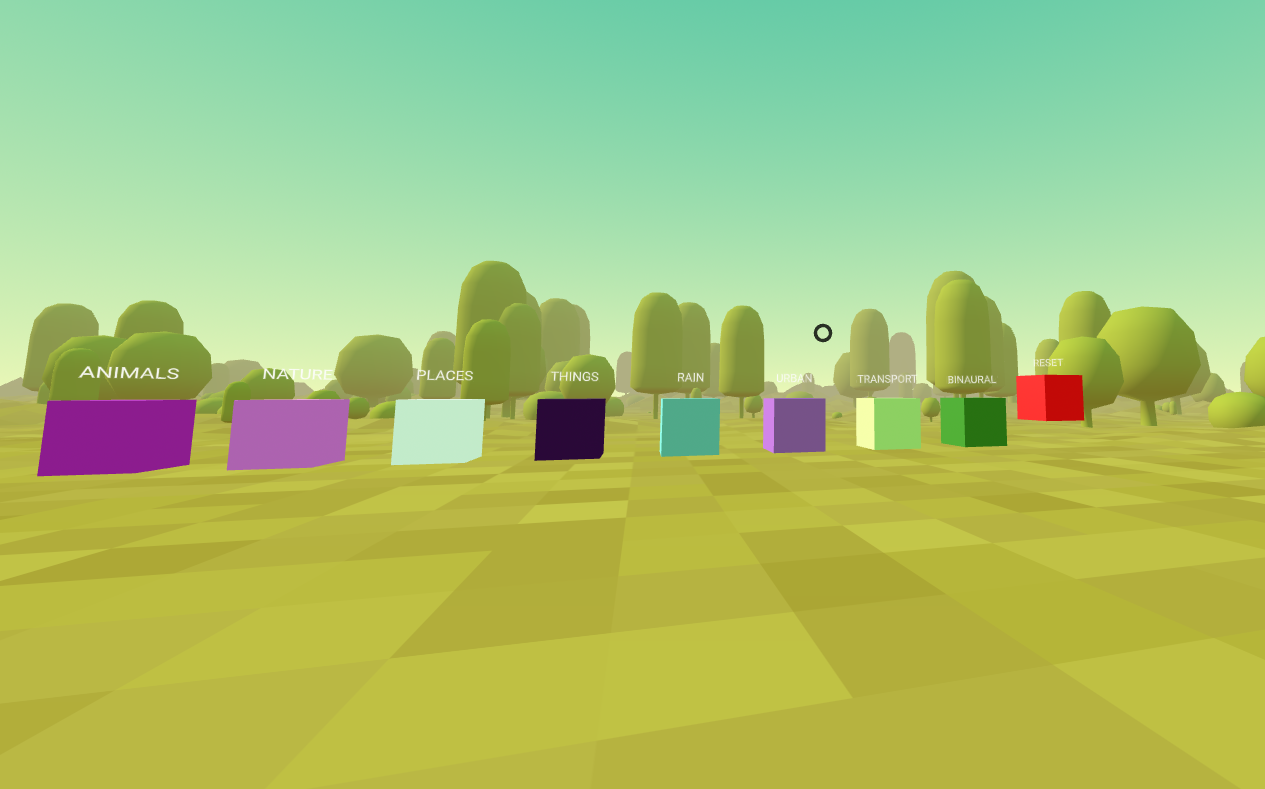
Final Thoughts: Stop Guessing, Start Listening
At the end of the day, building games for ADHD isn’t rocket science—but it does require empathy, research, and a willingness to adapt. As developers, we have the power to create spaces where neurodivergent players feel seen, heard, and valued. And trust me, when you nail it, the payoff is worth every ounce of effort.
So next time you sit down to design a game, ask yourself: Am I adding value, or am I adding noise? Are my choices helping players relax, or am I unintentionally stressing them out? Remember, simplicity isn’t boring—it’s liberating.
Now go forth, fellow creators, and build something amazing. Just don’t forget to ask your ADHD audience what they really want first.
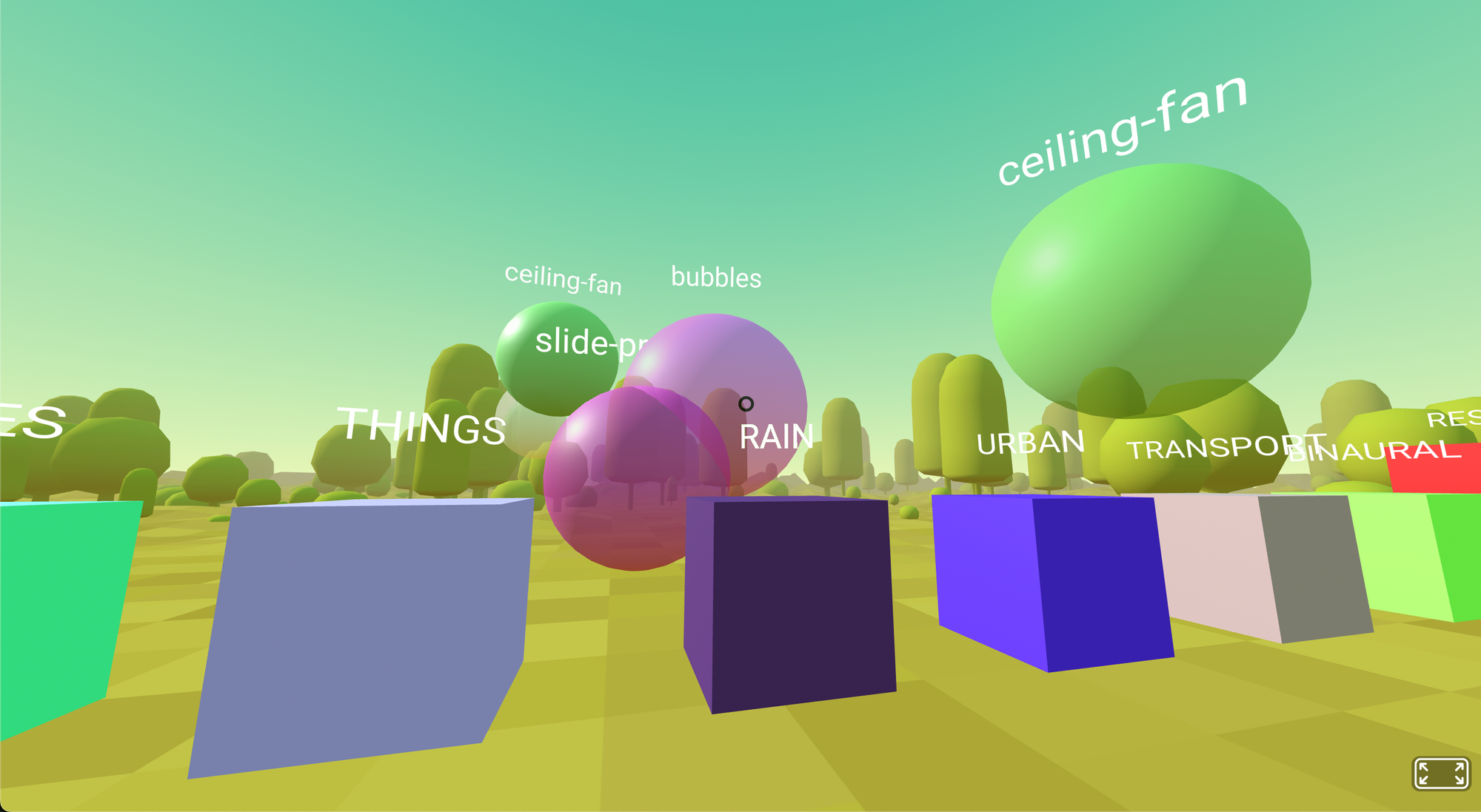
What do you think? Have you played any games that nailed the ADHD-friendly vibe—or totally missed the mark? Drop your thoughts below!


